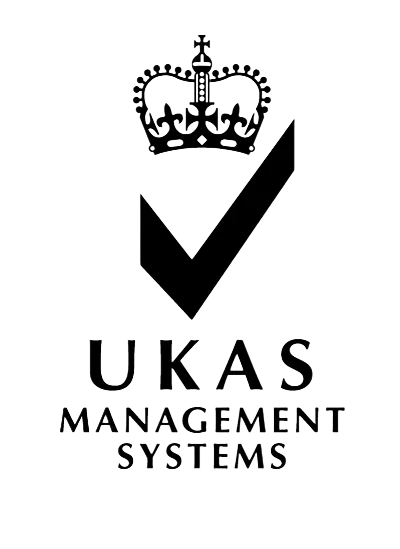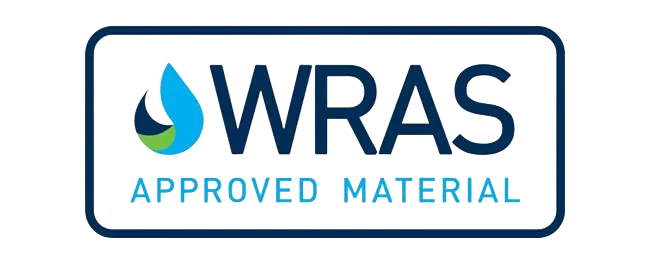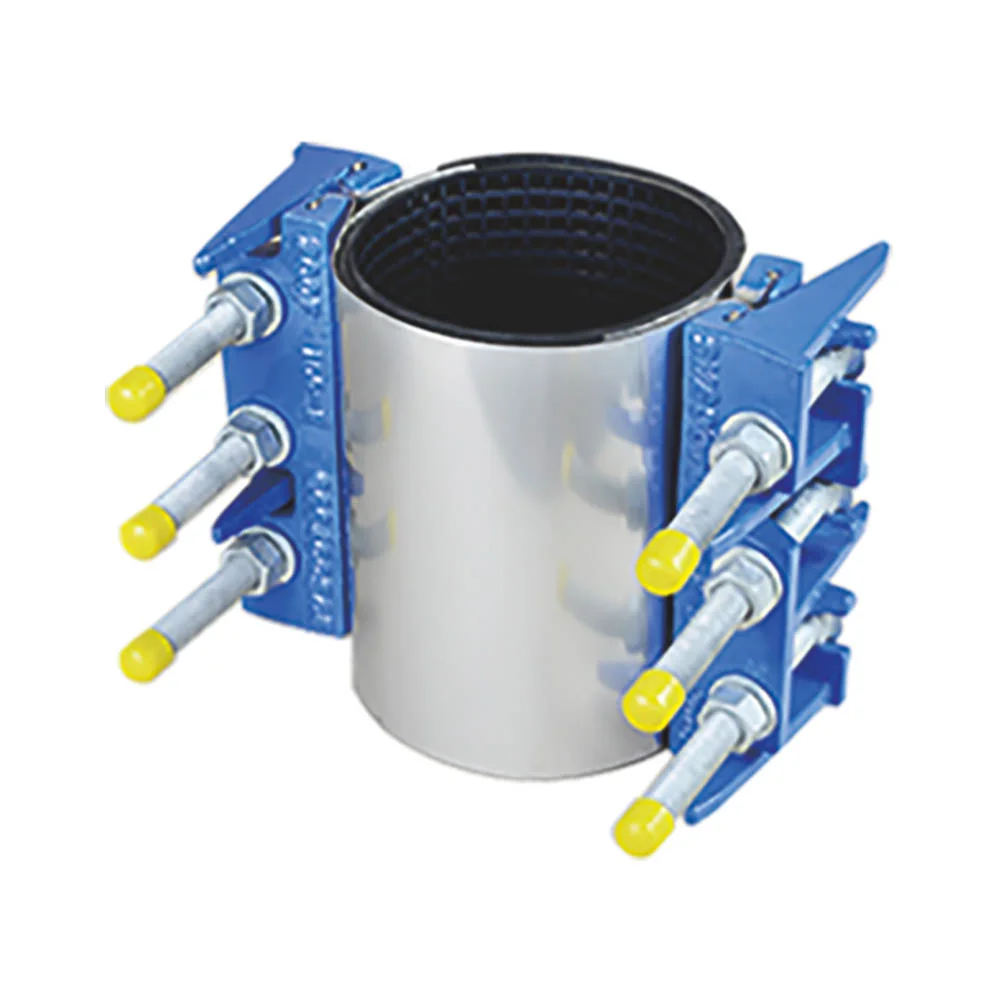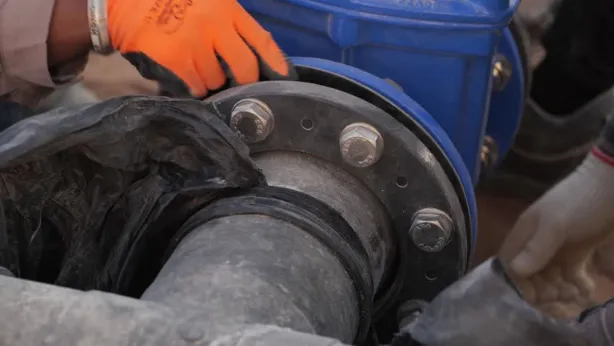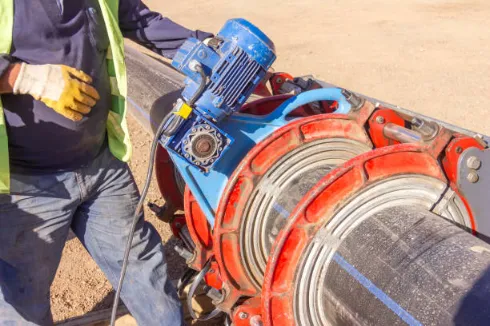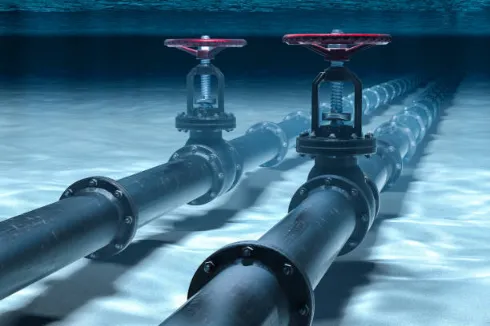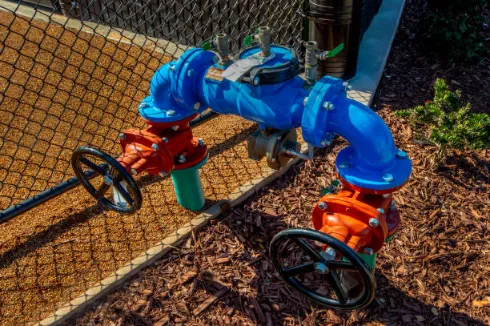Overview of Repair Clamps
What is a Repair Clamp?
A repair clamp is a handy tool built to fix leaks and damage in pipelines fast and well. It gives a short-term or long-term solution for pipe care without needing to replace the whole pipe section. These clamps are made of a metal band, usually from strong materials like stainless steel, carbon steel, or ductile iron. They often have a rubber lining to make a tight seal around the broken area.
Common Applications of Repair Clamps
Repair clamps are used a lot in many industries. These include water supply systems, gas networks, oil pipelines, and chemical plants. They work great in emergencies where quick fixes are needed to stop more damage or leaks. Conflex Joints produces various professional types of repair clips, their ability to fit different pipe sizes and materials makes them a must-have for repair teams.
Advantages of Using Repair Clamps
Repair clamps have many perks. They are budget-friendly and easy to put on. They avoid the need for big pipeline replacements. This cuts down on downtime and worker costs. Also, they make a solid seal that reduces fluid loss and keeps out dirt. Their flexibility with various pipe types and sizes makes them very useful.
Types of Pipe Leak Repair Clamps
Single Band Repair Clamps
Single band repair clamps have one metal band. It wraps around the damaged pipe part. These clamps are great for small leaks or cracks in low-pressure pipes. Their simple design makes them quick to install. They are still tough and reliable.
Double Band Repair Clamps
Double band repair clamps give better support and sealing than single-band ones. They use two metal bands side by side. These are good for medium-pressure pipes and bigger leaks. The two-band setup makes a stronger hold. It also lowers the chance of leaks later.
Full Circle Repair Clamps
Full circle repair clamps cover the whole pipe surface. They give 360-degree protection for leaks or damage. These clamps work well for high-pressure pipelines. They spread pressure evenly over the damaged spot. This creates a strong seal.
Split Repair Clamps
Split repair clamps are made for easy setup on pipes that can’t be taken apart or reached easily. They have two separate pieces. These can be bolted together around the pipe. This design is very useful for repairs in tough spots.
Tapping Saddle Clamps
Tapping saddle clamps do two jobs. They fix leaks and let new connections be added to pipelines without stopping the system. These clamps have a built-in outlet. This helps with branching while keeping the pipeline strong.
Material Specifications for Clamp Repairs
Stainless Steel Repair Clamps
Stainless steel repair clamps are known for resisting rust and lasting a long time. They are often used in places with water or chemicals, like water systems and chemical plants. Their long life means they need little care over time.
Carbon Steel Repair Clamps
Carbon steel repair clamps are strong and affordable. They are good for general uses. They may not resist rust as well as stainless steel. But coatings or treatments can make them last longer in some settings.
Ductile Iron Repair Clamps
Ductile iron repair clamps mix strength with bendability. They can handle big pressure changes without breaking. They are used in heavy-duty jobs like gas pipelines and big water mains. Their ability to carry heavy loads is excellent.
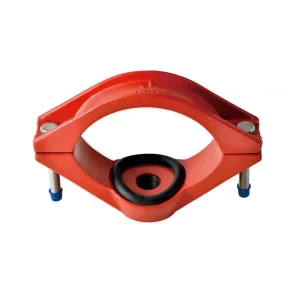
Rubber Lining in Repair Clamps
The rubber lining in repair clamps is key to making a tight seal around the damaged pipe. This lining fits to uneven pipe surfaces. It stops fluid leaks, even under high pressure. It also protects the pipe from more wear or damage during setup.
Key Features to Consider in Pipe Leak Repair Clamps
Pressure Rating and Compatibility
When choosing a pipe leak repair clamp, the pressure rating matters a lot. This rating shows the highest pressure the clamp can take without breaking. You must match the clamp’s rating to your pipeline’s conditions. This keeps the seal safe over time. The clamp must also work with your pipe material, like steel, copper, or PVC. A wrong match could cause bad sealing or pipe damage.
Size and Diameter Range
Repair clamps are made for certain pipe sizes and widths. Picking a clamp that fits your pipe’s size is important for a tight seal. Many clamps can adjust slightly to fit small size differences. But a correct fit lowers leak risks and makes the clamp last longer. Always measure your pipe carefully before buying a repair clamp.
Temperature Resistance
Pipelines often work in different temperature conditions based on their job. Choosing a repair clamp that can handle these temperatures is important. Materials like stainless steel or special rubber linings are great for hot fluids or gases. In cold settings, make sure the clamp material stays flexible. It should not get brittle or lose its sealing power.
Corrosion Resistance Properties
Rust resistance is a big factor when picking a pipe leak repair clamp. This is especially true for pipelines in wet, chemical, or harsh conditions. Stainless steel clamps are a top choice. They resist rust very well. The rubber linings in clamps add extra protection from harmful substances. They also keep the seal tight.
Applications of Clamp Repairs in Different Industries
Use in Water Distribution Systems
Pipe leak repair clamps are very important in water systems. They offer fast fixes for leaks and damage in water mains and service lines. These clamps keep water flowing during repairs. They also cut down on water waste from leaks. Their easy setup makes them key tools for city water services.
Application in Oil and Gas Pipelines
In oil and gas pipelines, high pressures and dangerous materials are common. Repair clamps give a trusty fix for urgent repairs. They help stop harm to the environment and money loss from oil or gas leaks. Their tough build ensures they can handle the industry’s hard conditions.
Role in Industrial Plumbing Systems
Industrial plumbing systems often have complex pipe setups. These carry chemicals, steam, or other fluids. Pipe leak repair clamps offer a quick way to fix leaks. They avoid shutting down whole systems. This keeps downtime low and operations smooth.
Maintenance and Longevity of Clamp Repairs
Regular Inspection Practices
To keep pipe leak repair clamps working well, regular checks are needed. Look for signs of wear, rust, or loosening. This can catch problems early. Repair teams should make these checks part of their normal pipeline care plans. This stops small issues from turning into big ones.
Cleaning and Upkeep Tips
Good cleaning keeps repair clamps working well. Clear away dirt or buildup around the clamp area. This prevents problems with sealing. For metal clamps, adding anti-rust coatings can make them last much longer. Regular care ensures they work for a long time.
Frequently Asked Questions (FAQs)
What factors should I consider when choosing a pipe leak repair clamp?
Think about pressure rating, pipe material match, size fit, temperature resistance, and rust protection.
Can pipe leak repair clamps be used as permanent solutions?
Some high-quality clamps may last a long time. But they are usually meant as short-term fixes until bigger repairs can happen.
Are all repair clamps suitable for high-pressure pipelines?
No, not all clamps work for high pressure. Pick one made for high-pressure conditions if needed.
How often should I inspect my installed pipe leak repair clamp?
Check regularly during normal maintenance. This keeps performance high and spots issues early.
Conflex Joints offers skilled manufacturing for many types of industrial pipeline connection products. With over 15 years of global experience, they serve various industries well.


